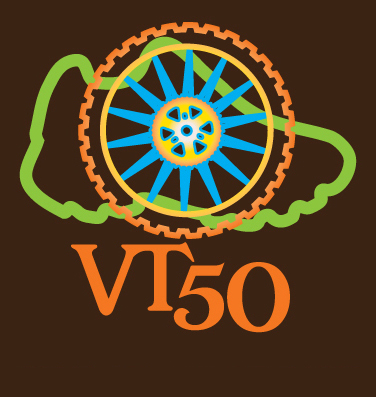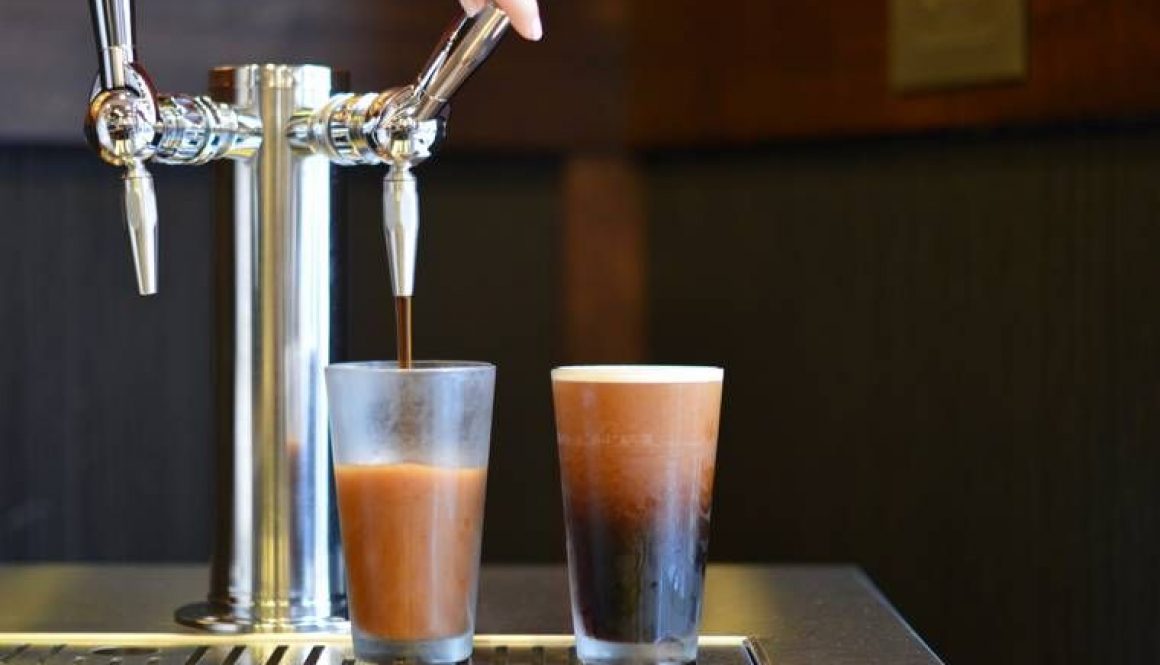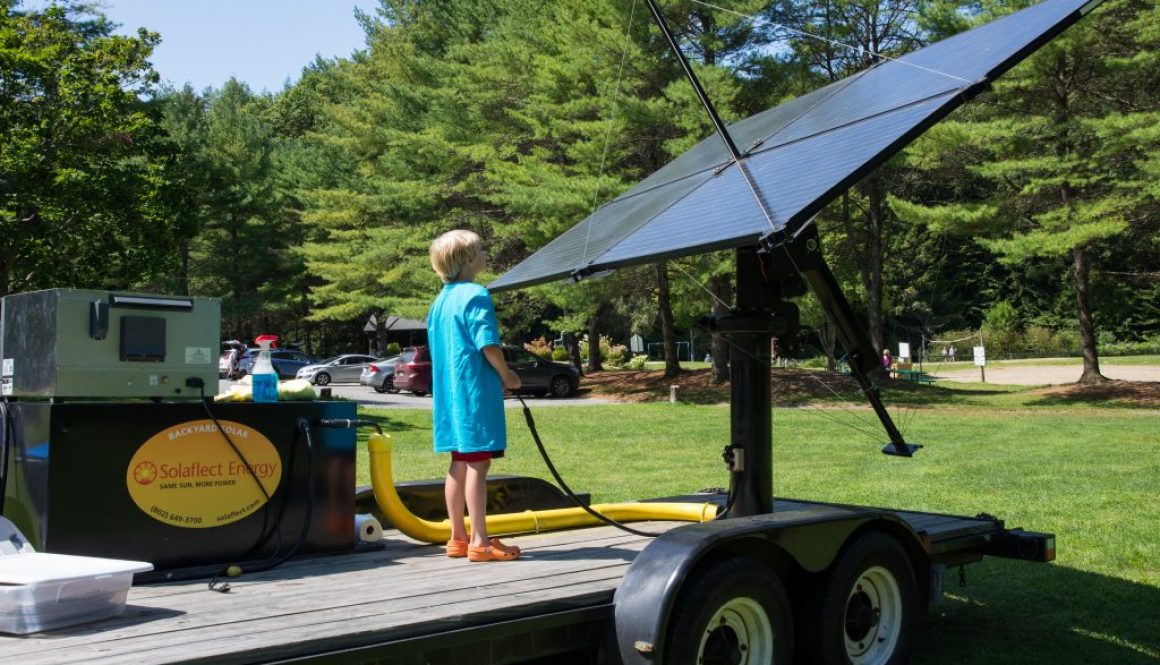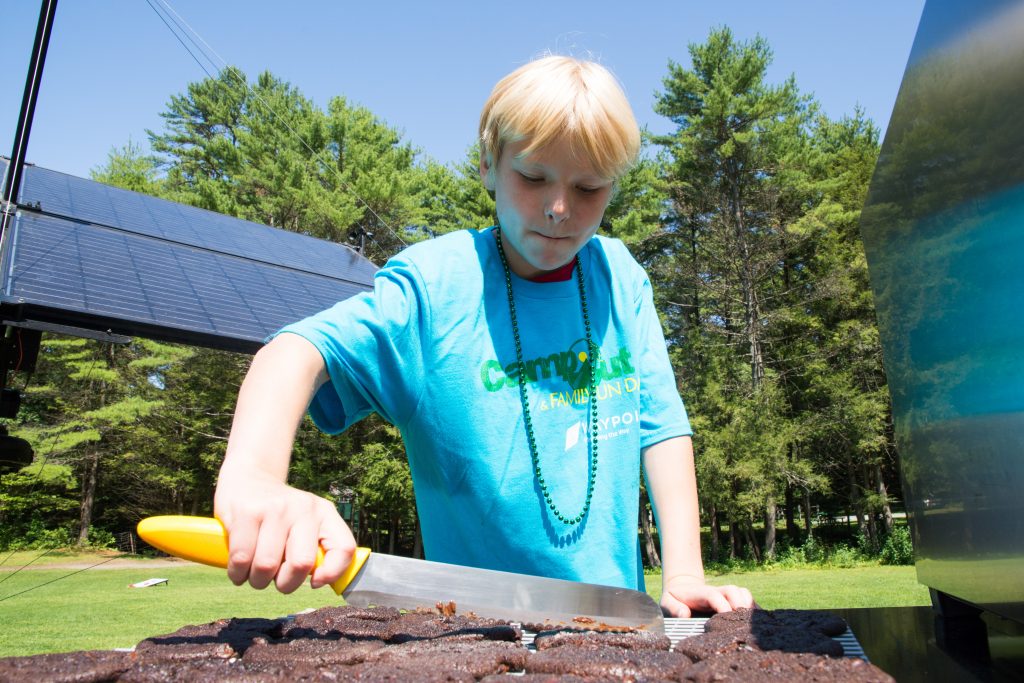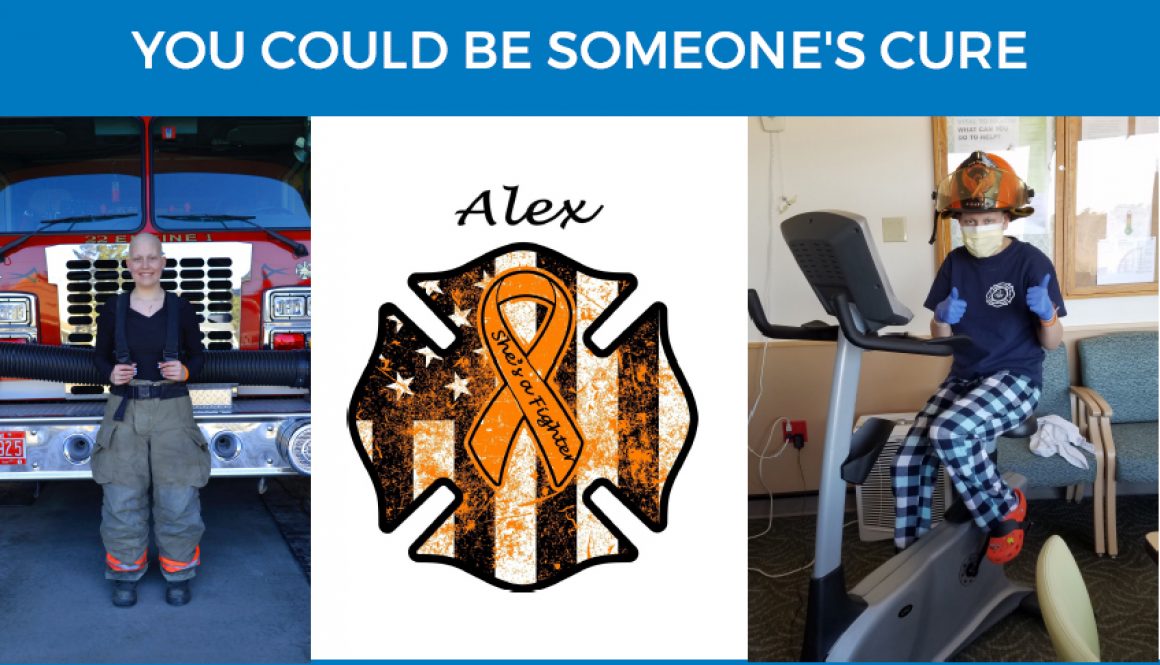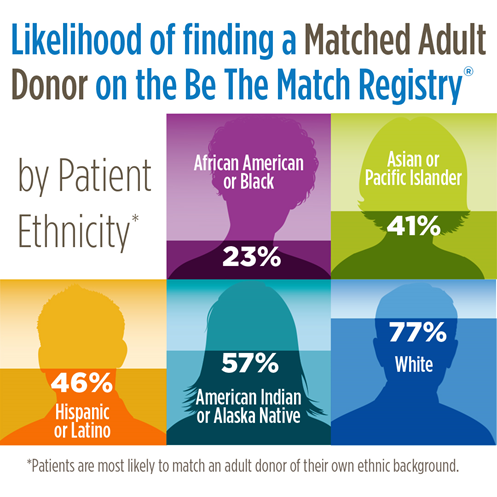VT50 Drop Bags-What to Put In Them, Where to Drop Them
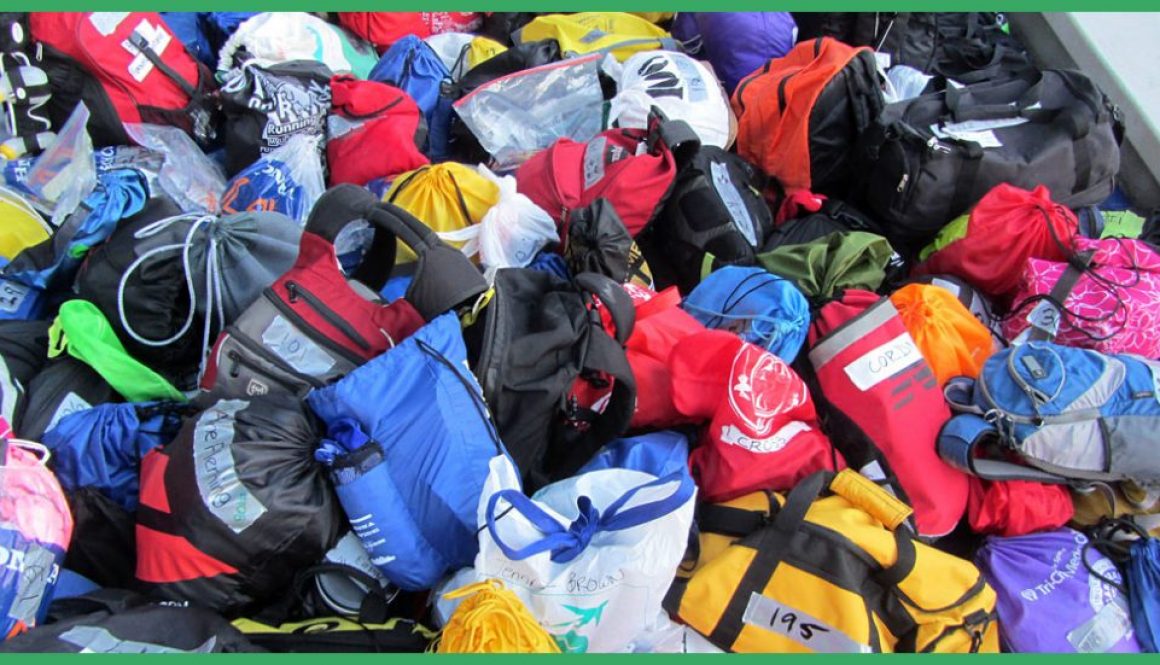
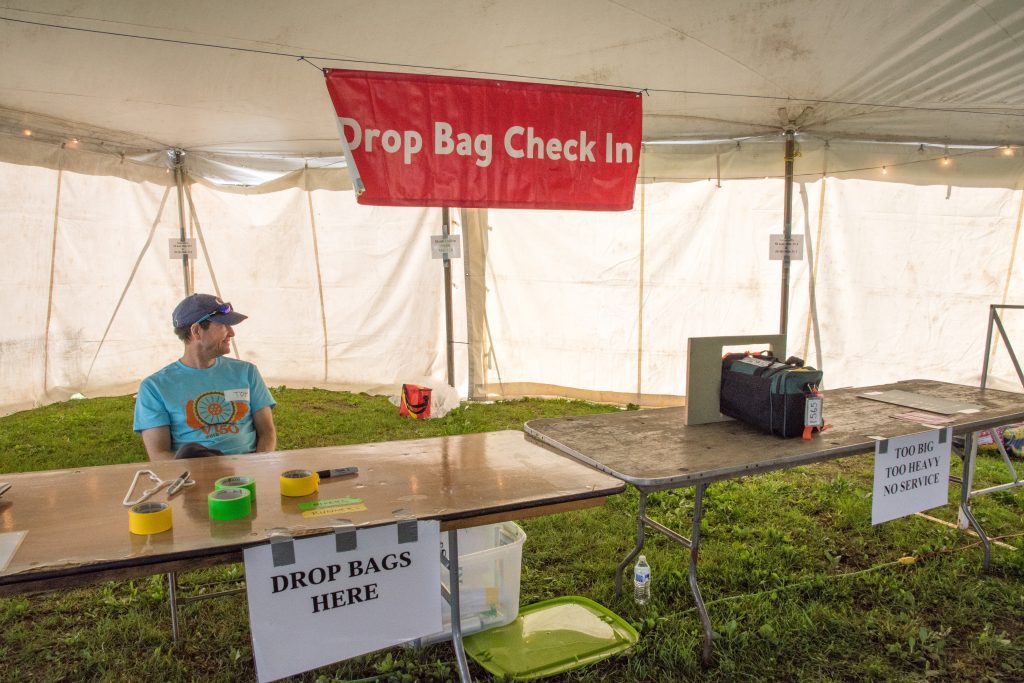
The Bib/Bike Plaque Lists are posted so you can get your DROP BAGS together for next weekend’s race.
Yup, that’s right the race is now 10 days away!
Where to Drop Them
Drop bags may be left at the Drop Bag Table in the big tent up before 8 p.m. on Saturday.
Use Your Crew-No Really, Have Your Crew CARRY Your Drop Bags.
You can reduce the time spent at the three CREW designated aid stations (Skunk Hollow, Greenalls and Johnsons) by having your crew bring your DROP BAGS along in their registered Crew vehicle.
This will also save time at the end of the race collecting your belongings before heading home.
They can also collect any dropped clothing at these three CREW designated aid stations (Skunk Hollow, Greenalls and Johnsons) again saving time collecting items before heading home.
How Big a Bag and How Heavy a Bag can I use?
A small backpack or gear bag, on the order of 9”x 9” x 16” is appropriate, if shoes, a top garment and bottle are included.
Weight not to exceed 10 lbs per bag. We will weigh them!
Your bag must be soft-sided (no plastic storage boxes please.) Be securely closed.
Labeled clearly with your bib number, last name and Aid Station.
Make your drop bag as unique a possible within our stated guidelines.
Drop bags will be tagged with colored tape Biker-Lime Green Tape and Runner-Yellow Tape at the Drop Bag Table.
Which Aid Stations Accept Drop bags?
Drop bags allowed at At Aid Stations
For the 50 Milers:
#3 Skunk Hollow
#7 Greenall’s
#10 Johnson’s
For the 50 Km-ers
#2K Ralph’s
#7 Greenall’s
#10 Johnson’s
We will deliver drop bags from the start/BIG TENT to aid stations-unless you choose to use your CREW.

If it Gets Hot, Can I Drop clothing?
Yes you can but these items WILL NOT be returned to the finish line area until that aid station is closed, the aid station is packed up and the items are driven by our volunteers back to the finish line.
NO Drop Bags or clothing at: Garvin Hill and Cady Brook
You may drop articles during the race at all other aid stations.
When Will I Get My Drop bags and clothes back at the Finish Line?
Drop bags will be returned to the BIG TENT ONLY after each aid station closes, not before.
You will have TO WAIT at the BIG TENT to pick up your drop bag and clothing.
We WILL NOT mail them to you.
This is your property and it is your responsibility to pick up your bag at the BIG TENT at the end of the race.
The Vermont 50 is not responsible for lost or stolen items.
What Should I Pack In My Drop Bags?
Drop Bag Hints
- Extra pair of shoes at the first drop station, if you think there’s a chance you may need to change. Most folks never do.
- Clean, dry socks
- Skin lube & band-aids; If you are prone to blisters include a small ‘kit’ in each bag (i.e. band-aids, sterile wipes, talcum powder)
- Electrolyte caplets or dissolving tablets, if you use them
- Gels or Blocs or Stingers Gels. Gels will not be provided at the aid stations
- Non-liquid snacks if your system, due to allergies, cannot tolerate items provided at the aid stations
- A light waterproof or resistant layer top and lightweight cap if there’s rain in the forecast (a small pouched poncho is perfect and takes up little space)
- A light jacket and even lightweight gloves if the forecast is for cold weather
Don’t pack
- Anything that could break if dropped from a height of 4 feet.
- No Glass Containers
- wallets
- cell phone (There’s no reception anyway)
- purse
- watches
- GPS
- jewelry, etc.
- Don’t ever put anything in a drop bag that you aren’t prepared to part with permanently. We are not responsible for lost or stolen articles or drop bags left behind at the end of the race.
The following items can be carried in a small pouch by itself, or as part of a water belt, or a backpack: band-aids in a small plastic baggie electrolyte caplets and Advil, also in a baggie gel or chews. Bikers can carry these items on their backs in their packs or in shirt pouches.
More questions, visit our FAQS Page
Aid Station Mileages and Closing Times FINAL COPY is posted.
